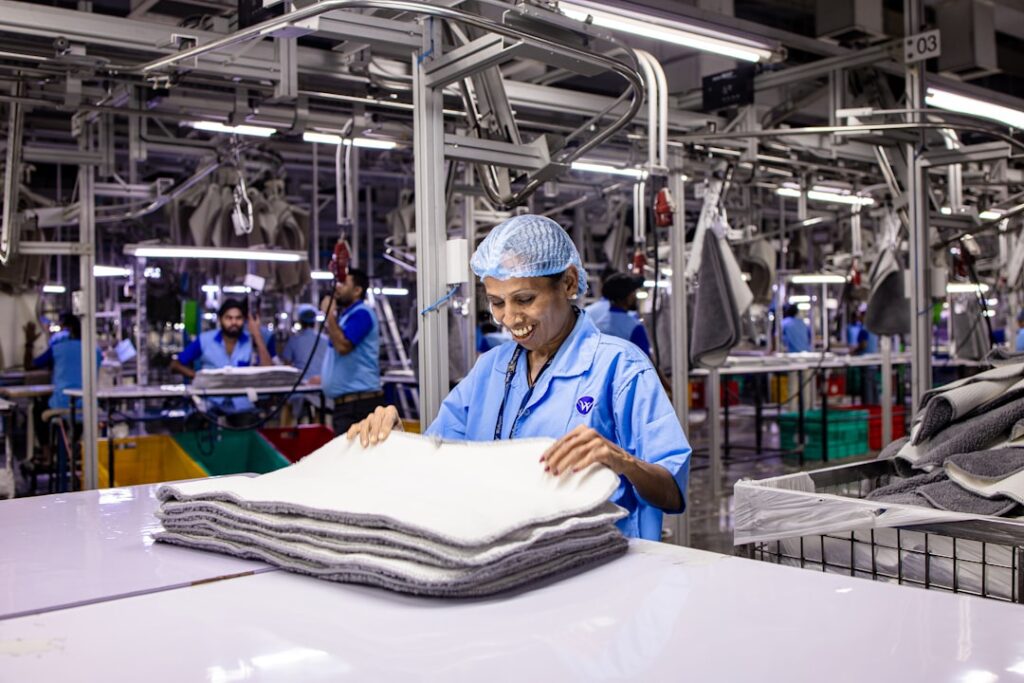Supply chain managers must tackle more than evergreen issues and event-driven challenges to improve inventory management
Supply chain uncertainty has become a permanent fixture of doing business — businesses have to plan accordingly. While the most acute challenges of recent years have subsided, chief supply chain officers (CSCO) can act to mitigate the impact of the 2023 headwinds. Experts from Gartner and KPMG argue that strategic investments in technology, people, and infrastructure are the keys to tackling obstacles to supply chain optimization.
So, what do the supply chain challenges look like as we move through the first quarter of the new year?
The answer is that CSCOs face evergreen issues and event-driven challenges outside their control.
Let’s take a closer look at each.
7 common challenges to supply chain optimization
The complexity of modern supply chains has resulted in a series of issues beyond quick fixes.
Lack of visibility
Without visibility into all levels of the supply chain, it can be challenging to identify areas of improvement. For example, companies may struggle to manage stockouts or overstocking, leading to lost sales, increased costs, and customer dissatisfaction.
Complexity
The modern supply chain consists of a myriad of moving parts, including multiple wholesalers, manufacturers, distributors, and customers. Just-in-time inventory, for instance, relies on the near-perfect execution of every item, making the chain vulnerable to disruption.
Data silos
One of the most common obstacles to supply chain optimization is the lack of a holistic view. Data on consumer demand may be captured in one system, while data on inventory levels may be located in another. It can be challenging to make informed decisions to improve performance without a way to bring the data together.
Inaccurate data
Inaccurate or incomplete data can lead to poor decision-making and inefficiency. For example, if a company is basing its production schedule on erroneous demand forecasts, it may produce too much or too little product.
Risk aversion
A “make-do” mindset is understandable but detrimental to operational improvement. When businesses let fear of the unknown stand in the way of change, they risk paying a higher price when issues surface. The lack of preparedness can be particularly destructive in an environment of supply chain volatility.
Lack of collaboration and communication
Organizations may struggle to share information and collaborate effectively with trading partners in the supply chain. If a supplier is not providing accurate delivery schedules, it can be difficult for a manufacturer to plan production and meet customer demand.
Limited flexibility
The past few years of pandemic-induced supply chain chaos gave the upper hand to organizations that could pivot in the face of rapidly changing demand and resource availability. In contrast, inflexible organizations suffered declining sales and market share.
3 event-driven supply chain issues leaders face
Supply chain managers are also pressured to find solutions to various event-driven, macro-level challenges. Three, in particular, stand out.
Material scarcity
KPMG reports 71% of global companies view raw material costs as their number one supply chain threat this year. In response, two-thirds of global business leaders said improving supply chain visibility will be a key feature of maintaining operational stability as the uncertainty introduced by the pandemic has seemingly become permanent. Following years of supply chain turmoil and parts shortages, KPMG anticipates a second wave of unplanned supply chain risk in the year ahead:
“Organizations may experience limited access to critical inputs for manufacturing, or even spare parts and critical maintenance items…key commodity prices and availability may fluctuate — whether that be fuel/diesel, construction items like timber, steel, and resin, or plastic for packaging.”
Demand planning
The volatile state of global affairs remains a major challenge for supply chain demand planners. Gartner points out that the intersection of inflation and the macroeconomic downturn will inevitably affect supply chains this year. In addition, the Russian invasion of Ukraine has increasingly shifted the focus of supply chain constraints onto energy. Gartner writes that the complex dynamic raises the stakes for supply chain officers as they try to balance the contrasting priorities of their CEOs and CFOs.
Geopolitical tension has also prompted governments and industry leaders to turn inward, exploring options to achieve domestic self-sufficiency in material supply and manufacturing.
Talent gap
The talent shortage has been an ongoing challenge in supply chain for years, and the pandemic only worsened the struggle to find the right employees. Luckily technology has offset some of the impacts with automation. A 2021 Deloitte report found supply chain leaders increased spending on digital technologies by 49% due to the COVID-19 disruption. Also, KPMG reports 6 in 10 plan to bolster their supply chain processes, data synthesis, and analysis capabilities in 2023 by adding new systems.
Organizations, consequently, have a lot to gain from creating a work environment that emphasizes a shared purpose, personal growth, and, in the words of Gartner, “radical flexibility.”
What’s the solution to these challenges?
The barrage of challenges is easier to conquer with an experienced partner like GAINS in your corner. Accurately predicting what comes next is essential to supply chain success. Your demand planning and forecasting solution must be as agile as the ever-changing environment. Contact GAINS about our dynamic, optimized demand plan that yields higher forecast accuracy, improved service levels, reduced expediting costs, and increased revenue in a matter of weeks.



